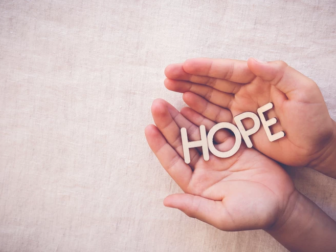One day, a little girl whom we will call “Amy” came to the Listening Centre with her mom for an initial
assessment. At the time, Amy was just 2.5 years old. Amy’s mom was interested in having her assessed
for a listening training program with concerns related to Amy’s suspected developmental delays. As is
done for any initial assessment, the Listening Consultant reviewed all reports submitted by Amy’s mom
before meeting her, including a psychological report and a speech and language report. It was clear
upon reviewing these reports that little Amy was very poorly coordinated, had low muscle tone, was
behind in her speech and language development, and was facing difficulties with social communication.
Upon meeting Amy in her initial assessment, the Listening Consultant was struck by her introverted,
sweet, happy disposition. She spoke in a whisper, she was shy to use eye contact in conversation, but
she was certainly keen to engage when asked questions. Her body moved slowly, and she easily
fatigued, evidence of the impact gravity’s weight had on her. Amy had to work very hard to keep up with
the demands of the world around her, and so naturally, it was easiest for Amy to drift away into her
“own little world”, which was full of imagination and creativity.
It was clear that little Amy could use all the support she could get to help better integrate the sensory
foundations required for the development of motor, speech, communication and learning skills. And so
we began Amy’s listening training journey.
Following the completion of her core program (1st and 2nd intensives), Amy continued with her listening
training regularly every 4 months in addition to other therapeutic supports, including ABM. Fast forward
to 6 years later, and we have a little Amy with a BIG personality. She is much more aware of herself, and
is mastering how to coordinate her body in relation to her environment. She is a chatter-box; asking
questions, sharing about her day, sharing about her imaginary adventures, just so keen (and ABLE) to
share what is going on in her head with those she loves. She is doing well in school with the right
supports, and is feeling more and more confident about her abilities not only academically, but socially
too.
And then….. “POP!” goes the bubble.
Amy, now 8.5 years old, has officially been diagnosed with ASD (Level 1) and ADHD-Inattentive. Amy’s
mother is beside herself. All the good is being clouded by the many fears, questions, uncertainties, the
“what if”s…
“Does this change anything for you?” mom asks, tears in her eyes, in one of our clinical review meetings.
The simple answer is no. We are still working with the same girl who we have known and supported for
the past 6 years. We are working with the same girl who has come such a long way in just a short
amount of time. We are working with the same girl whose inner world has expanded so much that there
is now a bridge outward, open for others to join in and connect with. We are working with the same girl
who will continue to develop, to mature, to grow, to learn, to expand, and to continue to come into her
own unique, individual self. It is not the labels that we strive to work against or “fix”, it is the strengths
and resources within the child that we strive to enhance, to coax, to nurture. To help a child to see their
innate gifts and, even further, to enable them and encourage them to share those gifts with the world.
Rosalinde Tamburro
Listening Training Consultant
The Listening Centre





